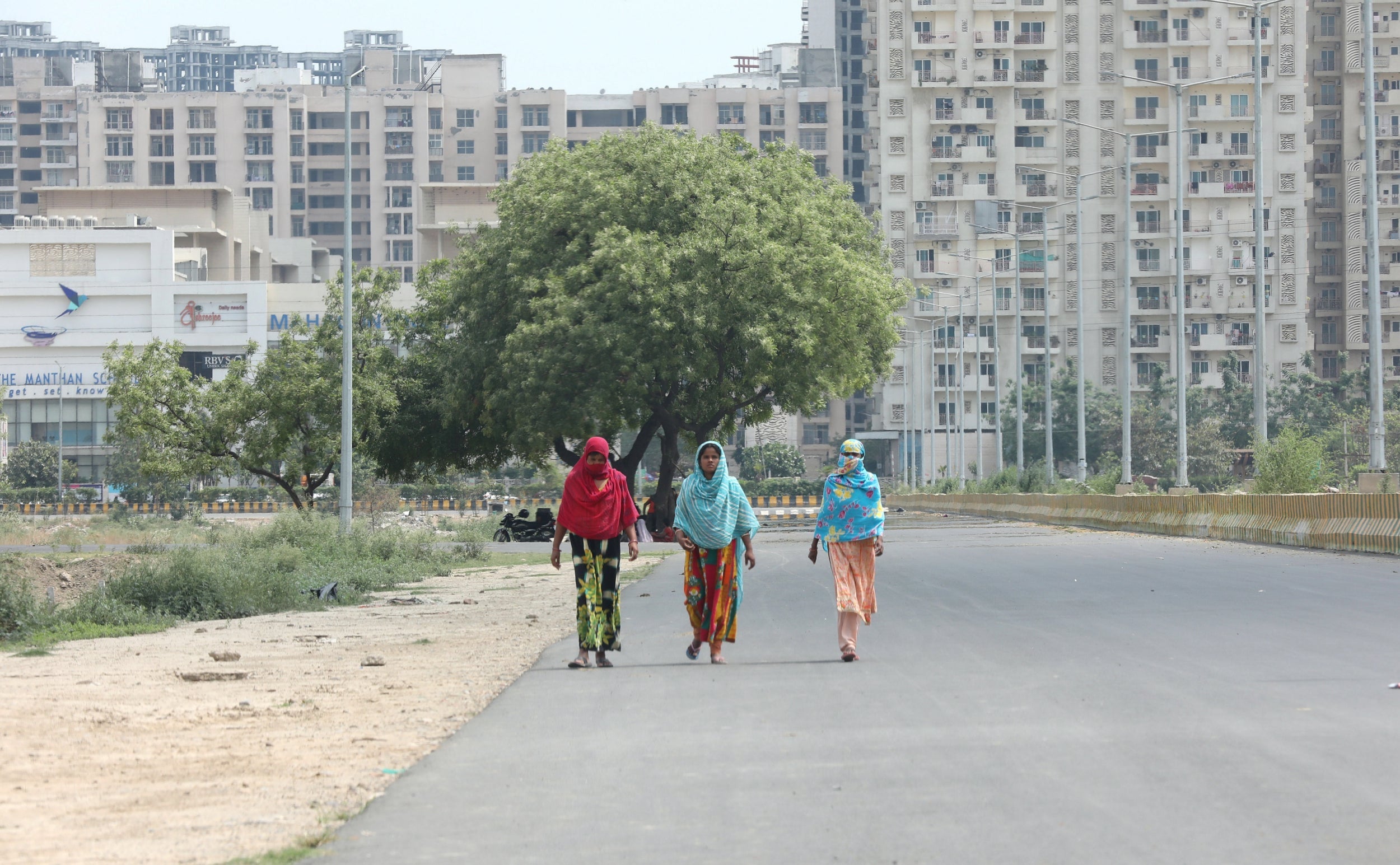Lockdown in India has proven gruelling, but highly effective
Indians appear willing to tolerate the slow unwinding of restrictions, writes Adam Withnall, given it appears to have spared the country a particularly bad outbreak of coronavirus


Shop by shop, sector by sector, India is inching its way out of arguably the world’s harshest lockdown, and in a manner that can prove frustrating for people on the ground.
No one here disputes the need for care when easing the restrictions that have been in place for more than five weeks – indeed, despite the awful scenes of thousands of migrant workers fleeing cities as the lockdown began, there is broad public support for how the Modi administration has handled the pandemic so far.
In some ways, the imposition of the lockdown was the easiest bit. In order to avoid confusion, it kept restrictions simple, banning leaving the home for any reason other than to buy food or seek medical attention. Yet that simplicity has made the past weeks particularly gruelling, and has many people in big cities like Delhi counting down the days until lockdown ends, currently scheduled for 3 May.
Those in rural districts have already had a taste of what post-lockdown life might be like. Last week, most restrictions in the countryside were lifted, though workers were still expected to wear masks and practise social distancing, and large gatherings remain banned. City dwellers are still very much trapped in their homes, and in places like the capital – where there are almost 3,000 cases – there is every expectation that most aspects of the lockdown will persist well into next month.
It is in this context that small mercies become so important to people’s resolve, such as the government’s announcement that e-commerce sites like Amazon would be allowed to start selling non-essential items, offering some relief to bored consumers and the economy alike. That was until a powerful association of bricks-and-mortar traders stepped in and lobbied the government, insisting such a move would create an “imbalanced” marketplace for the high street shops that stayed shut. Two days later, the Home Ministry performed a U-turn.
Hearing about how colleagues in European countries can order exercise bikes or go for daily hour-long walks in the park as I pace my second-floor balcony, I’m tempted to feel jealous. However, it is also true that – whether through the strict measures or a quirk of the virus – there is a sense of cautious but growing optimism in India that the country may have escaped the kind of outbreak seen in China or the west.
Testing per capita remains too low to paint a clear statistical picture of how many people in India have been infected – yet doctors I’ve been speaking to all agree that the telltale signs of widespread community transmission don’t yet appear to be there.
Delhi doesn’t have many intensive care units, but the ones that are there simply haven’t had the spike in patients with severe acute respiratory illness that other countries with worse outbreaks have seen.
It’s still too soon to say if India, with 937 coronavirus deaths nationwide, has avoided a bad outbreak in the same way it did with Sars. But as long as the virus appears under control, and the hospitals are not overwhelmed, the public will be generally willing to endure the last of the lockdown, however gruelling it may be.
Yours,
Adam Withnall
Asia editor
Join our commenting forum
Join thought-provoking conversations, follow other Independent readers and see their replies
Comments